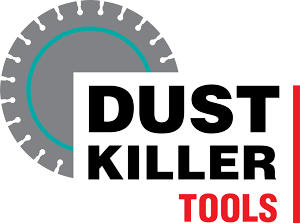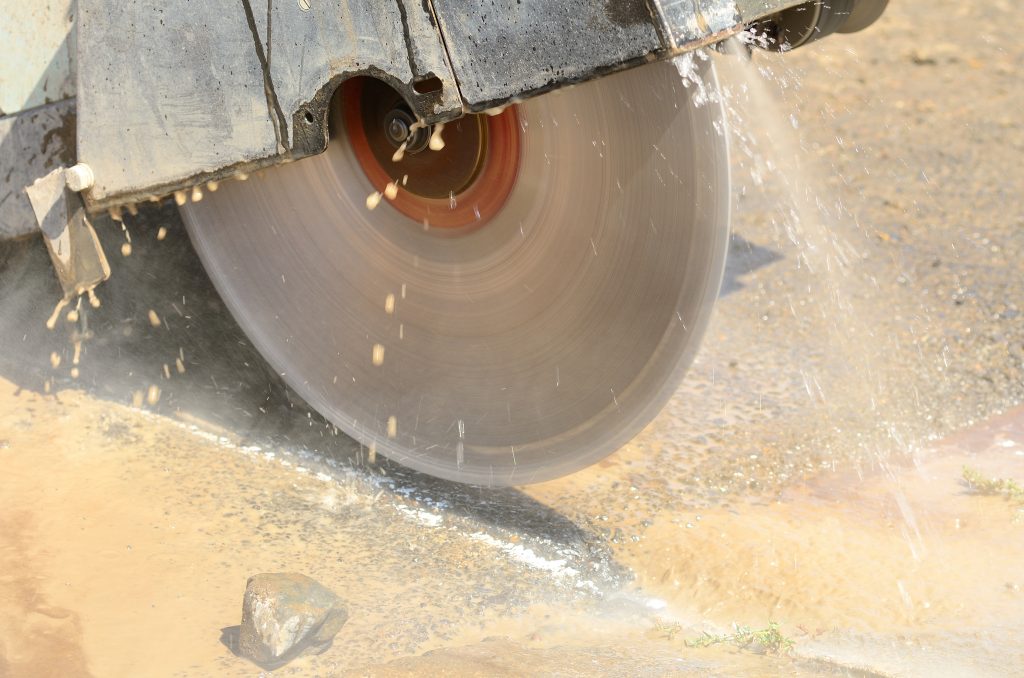“I cut wet, so I don’t need to worry about the new silica standard.”
Myth #1: “Cutting Wet is all I Need to Do”
So is this true? That if we cut wet, we don’t need to worry about the OSHA Respirable Crystalline Silica Standard for construction? It’s only partially true.
Let’s first look at the Table 1 requirements. Table 1 has very strict criteria for engineering controls (water or vacuum), and if you adhere to them you don’t need to do exposure testing. OSHA has already conducted extensive testing and determined exposure levels for these tasks using specific engineering controls. For a table saw, the only Table 1 method is cutting with water. You can cut a full 8 hour shift with a table saw without wearing a respirator.
Handheld Gas Saw and Respirator

For a handheld gas saw (like the popular Stihl or Husqvarna models), Table 1 limits you to a 4 hour shift without a respirator. If you exceed 4 hours of cutting in a shift, then you must wear a respirator. Most hardscapers will cut much more than 4 hours per day, especially when building a seating wall.
If you are required to wear a respirator more than 30 days per year, then the employer must also comply with the medical surveillance portion of the law. The medical surveillance is very complicated and expensive… avoid it at all costs!
Cutting Wet is an Engineering Control
Finally, cutting wet is an engineering control. That is an important first step, as OSHA considers engineering controls the first line of defense! Even if you manage to avoid the medical surveillance portion of the law by using table saws or short shifts, it doesn’t excuse you from complying with the administrative controls

Administrative controls include hazard communication training, written control plan, and more. Don’t forget this part of the law, as many hardscapers have been cited for that!
Myth #2: Using a Respirator for Cutting Concrete
Many people think good respirators is all that is required. OSHA also requires engineering controls that eliminate dust hazards.
“I bought my crew high quality respirators, so we’re good.”
This is completely false! First, OSHA requires engineering controls to be the first and primary control. Engineering controls reduce or eliminate the hazard itself, and the only recognized methods for the hardscape industry is water and vacuum. Administrative controls change how the worker interacts with the hazard.
Finally, Personal Protective Equipment (PPE) is the last line of defense, protecting only the person wearing it. PPE is used when engineering & administrative controls are insufficient to fully reduce the hazard to permissible levels.So if you use PPE as the first line of defense, you are at a high risk of being cited for lack of engineering and administrative controls.

Aside from not complying with the law, you need to be aware that (if no engineering controls are used) you would need to wear a full face respirator in order to reduce the exposure.
There’s several issues here…
- Any respirator, especially a full face respirator, is very hot & bulky!
- If you are required to wear a respirator more than 30 days per year, you must also comply with the complicated and costly medical surveillance requirements.
- A rough estimate is that close to 50% of the men in our industry are bearded! You cannot get a good seal with facial hair, so you’re limited to wearing a goatee that won’t interfere… or wearing a loose fitting full face respirator with powered air supply purifier, or a hood.
When is a respirator a good idea?
If you have a very short duration task, such as drilling a couple holes, you are likely fine just wearing a respirator without using a an engineering control. OSHA does recognize that certain tasks generate exposure, but the task is so short that the exposure levels don’t reach dangerous levels.

Again, PPE is the last line of defense… while it is likely part of your silica dust control plan, it cannot be the primary hazard control!
Myth #3: “I’ve got a dust collector, so I don’t need a respirator”
Is this statement accurate?
Well, maybe!
There are some quite inexpensive dust collectors on the market today that advertise that they are “OSHA compliant”. That’s true, they do qualify as an engineering control!
But read the fine print… these small dust collectors require a half mask respirator for 4 hour or less shift, full face respirator for a 4+ hour shift!
As discussed in Myth #2, frequent respirator use is problematic! If you are required to wear a respirator for 30 or more days per year, you need to comply with the medical surveillance portion of the silica standard. (Voluntary use is a separate issue that we’ll discuss elsewhere).
You need more than a respirator
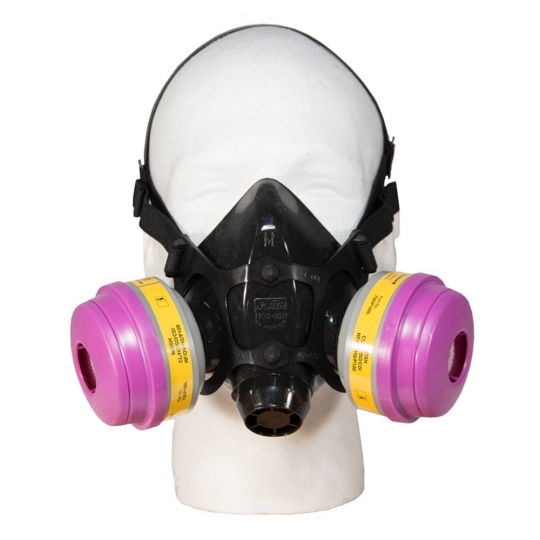
A half mask respirator is no fun. A full face respirator? Ask your crew to wear that on a hot day… they’ll either ignore the respirators, or come back to the shop early. And tight fitting respirator won’t seal with facial hair. Walk through an industry event and see how many guys are bearded. It’s a lot! A loose fitting, powered hood respirator is their only option.
Before you invest in a dust control system, be sure to check the exposure reports! It’s critical that your crew can operate efficiently with only occasional respirator use. As a rule of thumb, any dust collector that runs off of 120V electric or has a ports smaller than 4” (ideally it should be larger!) is going to require you to wear a respirator.
Myth #4: “I’ve bought a great dust collector, so I’m good to go!”
Is this true? If only! Listen, we think we’ve designed an effective dust collector that works very well for a 3-4 man crew! But no matter how good our dust collector may be… it’s not enough. Yes, I did really say that! OSHA requires an engineering control (vacuum or cutting wet) as the first line of defense. But, you can’t stop there.
Administrative Hazard Controls
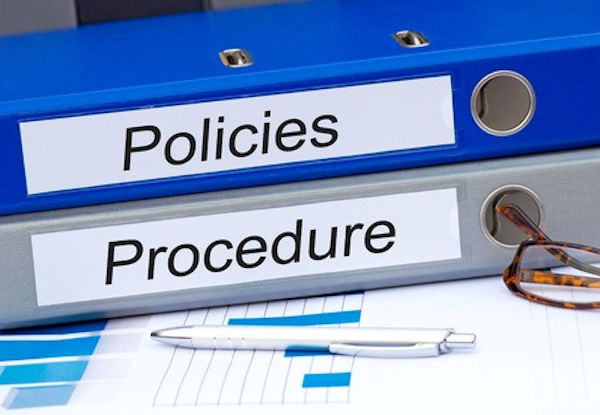
Administrative hazard controls are the next step. You need hazard communication training for everyone on your crew who may be exposed to respirable crystalline silica.
You need a written control plan; this plan will specify how your crew members will control the dust for any task that involves exposure to silica. You should go over all safety procedures and protocols to make sure everyone is on the right page and stays safe.
Personal Protective Equipment (PPE)
Personal Protective Equipment (PPE) is the last line of defense. If engineering and administrative controls aren’t sufficient to reduce the exposure below the Permissible Exposure Limit (PEL), you may also need to have PPE added to your hazard controls.
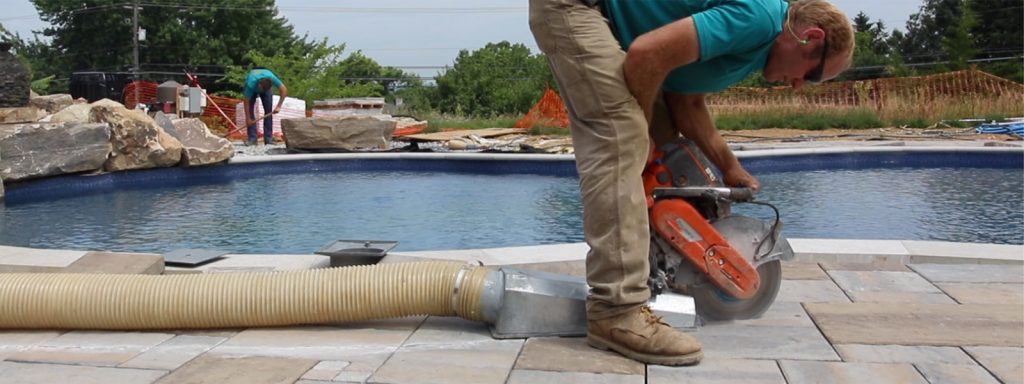
If you haven’t already, I encourage you to sign up for the 7 Step Action Plan for silica safety! It’s free, and will deliver a daily email that explain the major points of the law.
A lot can be done to protect yourself and the safety of others when it comes to hardscaping. Make sure you have all the proper equipment to ensure a happy and healthy work enviornment.
Photo Credit: https://ccicomply.net/date-changes-to-oshas-silica-standard-for-construction
Myth #5: “OSHA will not find me”
You may think OSHA will never find you working illegally without any protocols with silica dust and chances are you are probably right. But have you ever though, what if they do?
Enforcment of these laws are likely to come from competitors. Them purchasing dust control equipment and observing you not complying with OSHA laws is a good way to get reported. Do your company and yourself a favor and purchase a dust killer tool today, you’ll be glad you did.
What is OSHA doing to enforce dust regulations?
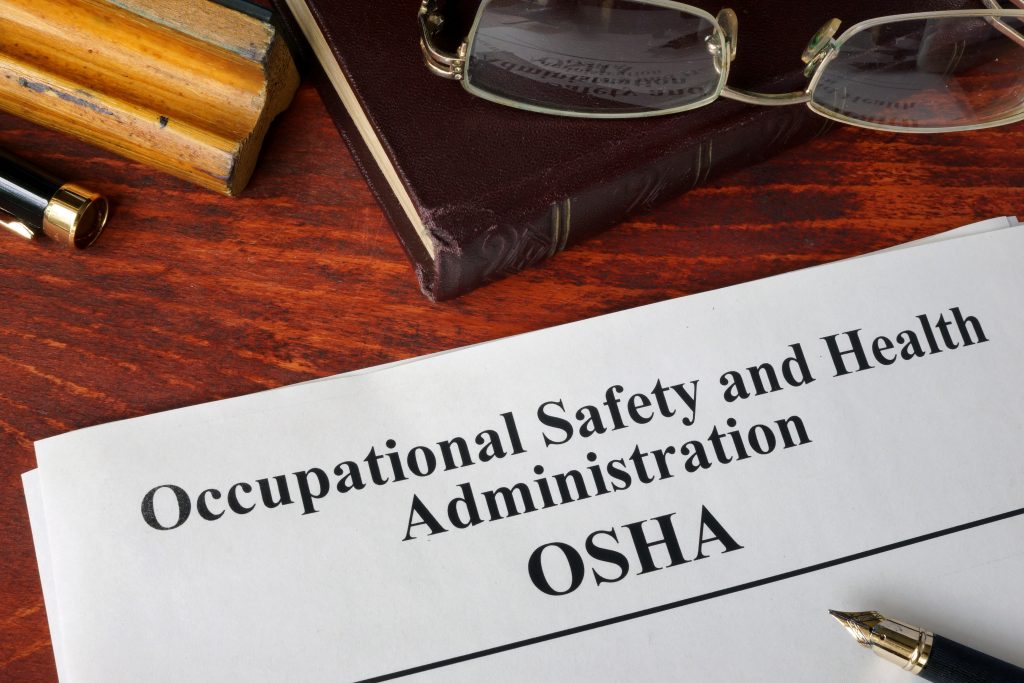
OSHA have taken the smartest route to enfoce silica dust regulations. They are finding companies who hardscape and question them on their silica dust control plan. If not in coordinance with OSHA, the company could get slammed with some pretty hefty fines.
In 2018 in Pittsburg, Pennsylvania three companies were charged with fines ranging from $25,000 all the way to $200,000 because of their violation to OSHA’s silica dust control laws.
Can you afford to operate without complying with OSHA laws?
There is so much on the line if you are not in compliance with OSHA law on silica dust. You could lose money, your company, and even your home because of the fines associated with the uncompliance. That being said, the dust killer tool is a great investment to protect you and your company from OSHA.
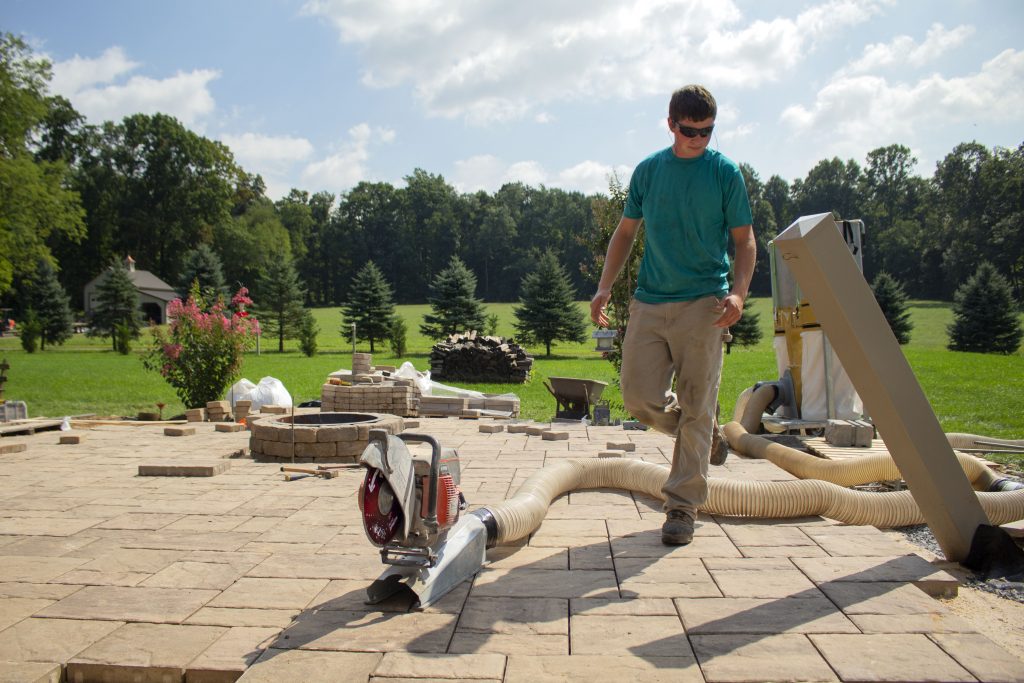
Don’t be that guy who makes headlines for something that was preventable. Make sure your company follows all rules and regulations so that everyone is safe and happy.
